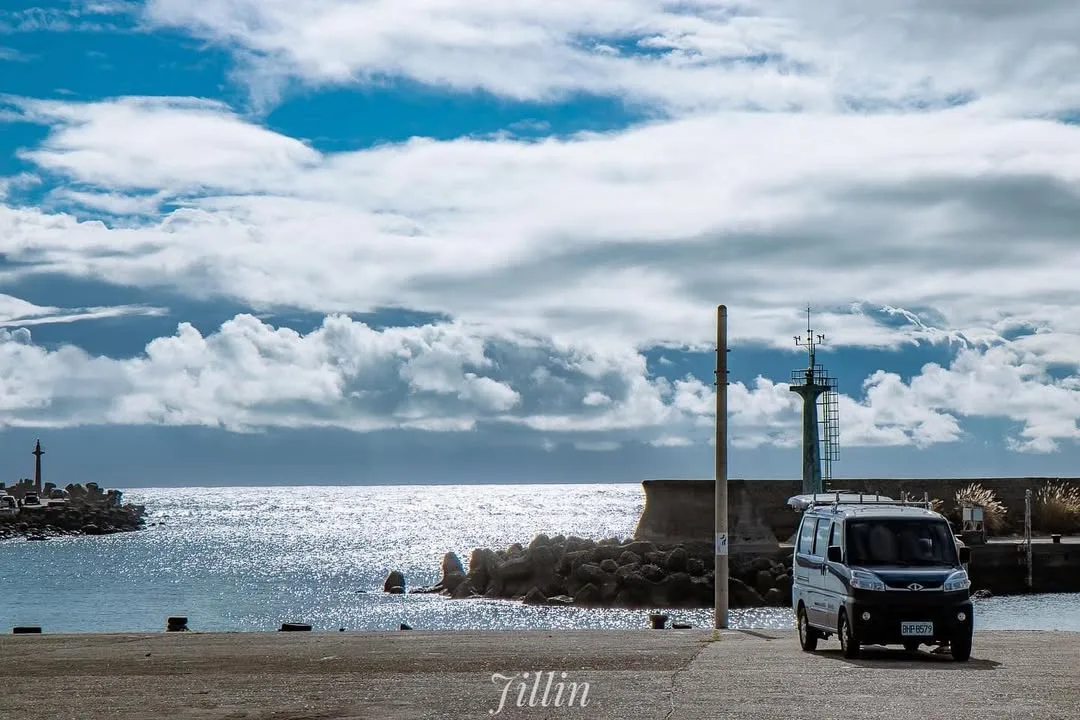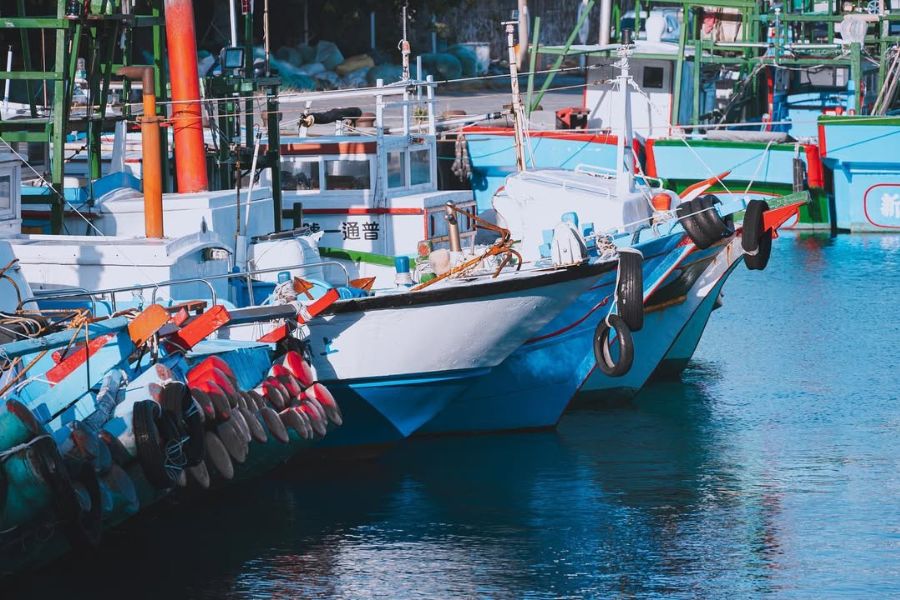As one of Taitung’s major fishing towns, Chenggong is known for its bustling fishing port, where fresh seafood, swordfish and marlin cuisine attract food lovers from all over Taiwan. The magnificent offshore landscape of Sanxiantai draws explorers to its natural trails and intertidal zones, which are teeming with marine life. Malaolou Tribal Village preserves a wealth of Indigenous cultural heritage, offering visitors a chance to immerse themselves in tribal traditions. In recent years, Chenggong Township has been actively promoting sustainable fishing and marine conservation, providing visitors with eco-friendly tourism options.

(Photo credit: @lin_photography_tw)

(Photo credit: @huang__wei08)
A Fishing Stronghold Where Ocean Meets History
Chenggong Township, once called Madawdaw, was an Amis settlement during the Qing era. Under Japanese rule, it was renamed Shinko, and after the war, it was given its current name, Chenggong. Archaeological discoveries of the Qilin Culture site prove that human activity in the area dates back 3,500 years, making it one of the oldest cultural regions in Taitung. Today, the Amis make up over half of the population, and the annual Harvest Festival, held in July and August, remains the core ritual for cultural continuity.
Nestled between mountains and the sea, Chenggong thrives thanks to the Kuroshio Current, which fuels its prosperous fishing industry. The Chenggong Fishing Harbor is the largest on Taiwan’s east coast, renowned for its rich catches of bonito, marlin, and tuna. In particular, traditional pole spearfishing for marlin draws much attention. In recent years, whale-watching tours with a marine ecological focus have also developed. Beyond the ocean, the Cheng Guang Ao Mazu Temple stands as a witness to the history of migration and settlement, blending Mazu worship with Indigenous painting craftsmanship to present a rare example of cultural convergence.

(Photo credit: @huang__wei08)




